When you study rivers and their make-up, you learn the month of August defines a rivers carrying capacity. For our purposes, carrying capacity is defined as the amount of trout biomass, or the total weight of the trout population, a river can support throughout the year. August sets carrying capacity as the most difficult time of year for the trout. Missoula’s freestone rivers- Rock Creek, the Bitterroot River, the Big Blackfoot River and the Clark Fork River– are at their lowest and warmest points in the heat of the summer. Competition for holding lies and food is intense at this time, and fish that can’t locate homes or food won’t make it to the September rains. August is the month when rivers in Missoula make their statement about how the fishing will be for the next 11 months.
This is both good and bad for the angler. Obviously, a scorching August makes trout habitat more difficult to maintain, with trout under considerable stress in Missoula and across Montana. But competition for food and space has a considerable upside for the angler as well. The trout are hungry, and food is scarce. The fish are willing to roam farther from their feeding lies to eat, and certainly less selective. A well presented fly will often take fish even if it’s not an exact match, due to lack of food present in Montana rivers.
Trico
Except for the trico hatch! The tiny trico is the only aquatic hatch to come off with any regularity in the month of August, and when it comes off, it’s a blanket hatch. Trico-maniacs are dedicated anglers, focused and intense about being on the water when the tricos both hatch and fall. The trico is one of the few mayflies important to the angler that hatches at the same time the spinners fall. It is also the only hatch where the males and females differ significantly in color. For the hatch matching dry fly angler, the trico is paradise masquerading as sheer torment. At any given moment, you have male and female spinners, male and female duns floating as well as male and female cripples on the water. Tricos hatch in such great numbers that the water is covered with insects, with extremely selective to the sex, stage and size of the fly.
No other hatch offers this diversity in fly possibilities. A book has been written about meeting the trico hatch, providing strategies and ideas on how to approach this complex blanket hatch. The most important is make sure you have a wide variety of flies when you go to the water. We know, sounds like thinly veiled sales pitch, but it’s true. Our favorite trico pattern in the shop in the shop is Ron’s Trico. This simple pattern has been a top producer for as many years as Ron Beck, the Missoulian Angler’s longest tenured employee (and dedicated trico-maniac), has been tying them. The Trico Sprout is also an excellent cover for the cripples that are always present, while the Female Comparadun will work as a full floating dry, or as a cripple if you choose to dress only the wings. 5-6X tippet is the norm for these size 18-20 flies, and with the low, clear water a decent cast is imperative. Tiny flies mean narrow feeding lanes, so your cast needs to be on target, drifting correctly and be the stage, sex and size the trout is looking for. As we said, a hatch matchers paradise.
Terrestrials
But it’s not always so tricky in August. The Spruce Moths will be out in full force in the first two weeks, and trout feast on them as they come down to the water. Clocking in at a size 10 or 12, these flies are easy for the trout to find and easy for the angler to see. Again, Ron has created our best Spruce Moth imitation, the Mangler Moth. Made from spun and clipped deer hair, it perfectly mimics the mottled color of the Spruce Moth and floats like a cork. We also really enjoy the Spruce Almighty, with its lower floating profile, and the parachute Spruce Moth, which is the easiest of all our imitations to see. No need for super fine tippet on these guys, 3-4X will get it done when the Sprucies are coming off.
August is terrestrial time in Missoula and throughout Montana. Ants and Beetles are active all day with the heat, and consistently finding their way on to the water. Many times the random rise you see close to the shoreline is to an ant or beetle, and it’s the rare trout that won’t take either if they’re looking up. Again, with less access to food in the rivers, ants and beetles become a critical part of the trout’s diet. The Ant Acid in Purple or Red have proven to be extremely effective, as well as the foam beetle. Take your terrestrial fishing to the next level and try a Sunken Ant along the shoreline. Ants aren’t designed to float, and trout take them anywhere in the water column.
Hoppers also make their grand entrance in August, and we all know what that means. On the hottest, windiest days, the hoppers are up and flying. As the wind buffets them about, they can hit the water with a significant splat, alerting the trout to their presence. Those monster rises mid river in the heat of the day are almost always to a hopper. Because hoppers don’t enter the water with any regularity, you have to be ready on every cast, and ready for some dry spells in between strikes. But the ferocity of the take and the size of the fish that recognize hoppers as a valid food form makes hopper fishing so worthwhile in late August. The Morrish Hopper in all its color variations has proven to be the most consistent hopper we sell. The Parachute Hopper runs a close second, followed by the Henneberry Hopper. When hoppers are on, pretty much any hopper that catches your fancy will catch the trout’s as well.
Nymphs
The phrase originated as Hopper/Dropper, and now morphed into Dry/Dropper. But the original indicator fly was the hopper, because the nymph fishing in August can be great. The fish are looking to feed, stay out of the sun and away from the surface where they’re vulnerable. You can use pretty much any nymph in your box (within reason!) but we definitely prefer the Tungsten Bead Jig Nymphs. They sink like bricks, ride hook point up to snag less, and get to where trout live and stay there. Exactly what you’re looking for in a subsurface fly! Don’t be afraid to go with a size 16 or 18 nymph. The river is filled with smaller nymphs, and while they don’t look like much to you, the trout are accustomed to these smaller flies and take them without hesitation.
Streamers
A quick word about streamers. The dedicated streamer angler has put away the 7wt rod. The giant streamers, so effective in June, are too big to effectively fish in August water But trout haven’t stopped eating minnows. Scale back your fly’s size, and the bruisers will prove just as happy to eat a big meal in August as they were 6 weeks ago. Look for a slim, smaller fly like the Sculpzilla, the Kreelix or even the Baby Gonga. If you can throw the streamer comfortably on your 5 weight rod, you’ve scaled back enough. The smaller streamers make less commotion when they land, and in clear water present a less more lifelike appearance than their larger brethren. Predators are predators, and few turn down a well presented, easily captured meal!
Attractor Patterns
August is the fly tyer’s month as well. Remember that fly you tied late at night, purple, chartreuse and orange. You looked at it the next morning and thought, “What was I thinking?!” August is the time to fish that fly, and any other attractor that strikes your fancy. Food is scarce, and trout are willing to be more liberal about what constitutes food and what doesn’t. August is when oddball flies really shine. The trout are heavily fished late June and July, and very familiar with tried and true patterns. Show them something they’re never seen, like your late-night concoction, and you’ll be surprised by the gullibility of August trout.
Final Thoughts
August is a month where getting on the water can be a challenge. Heat, low clear water and the concern for the trout’s well being all come into play. But it can be a great month to angle. Fish the edges of the day if you can, and when we say edges we MEAN edges! If you’ve never tried mousing after dark, August is the perfect time to make that plunge. The weather is grand, with big fish responding to lower light and lower water temperatures. Flashlights and a little pre-scouting are certainly not remiss if you plan to be out after dark. And this is information you won’t get many other places, because we’re more about real fishing! If you fall in after dark in August, it’s not as cold as the other months!! If you are fishing mid-day with a hopper, fight the fish hard and fast, releasing them in cold water so they live to fight another day. August gets a bum rap from so many anglers, but if you put your time in, find the trico hatch, come prepared with hoppers, nymphs and streamers, you’ll find August to be an exceptionally rewarding time to be on the water.
Missoula Montana Guided Fly Fishing Trip
Come enjoy a day on the river with Missoula’s best fly fishing guides. We float the Bitterroot River, Blackfoot River and the Clark Fork River. All gear, lunch and transportation provided.
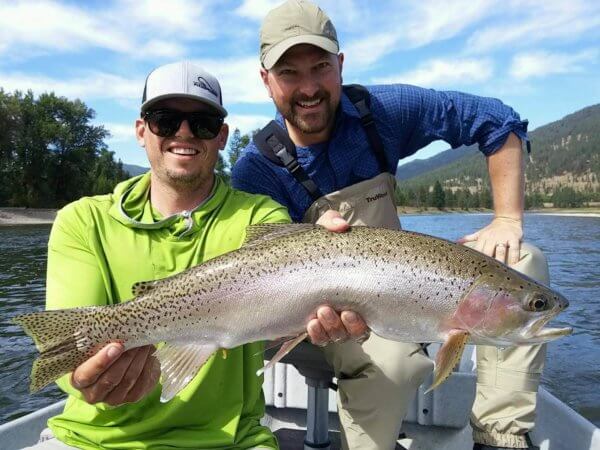
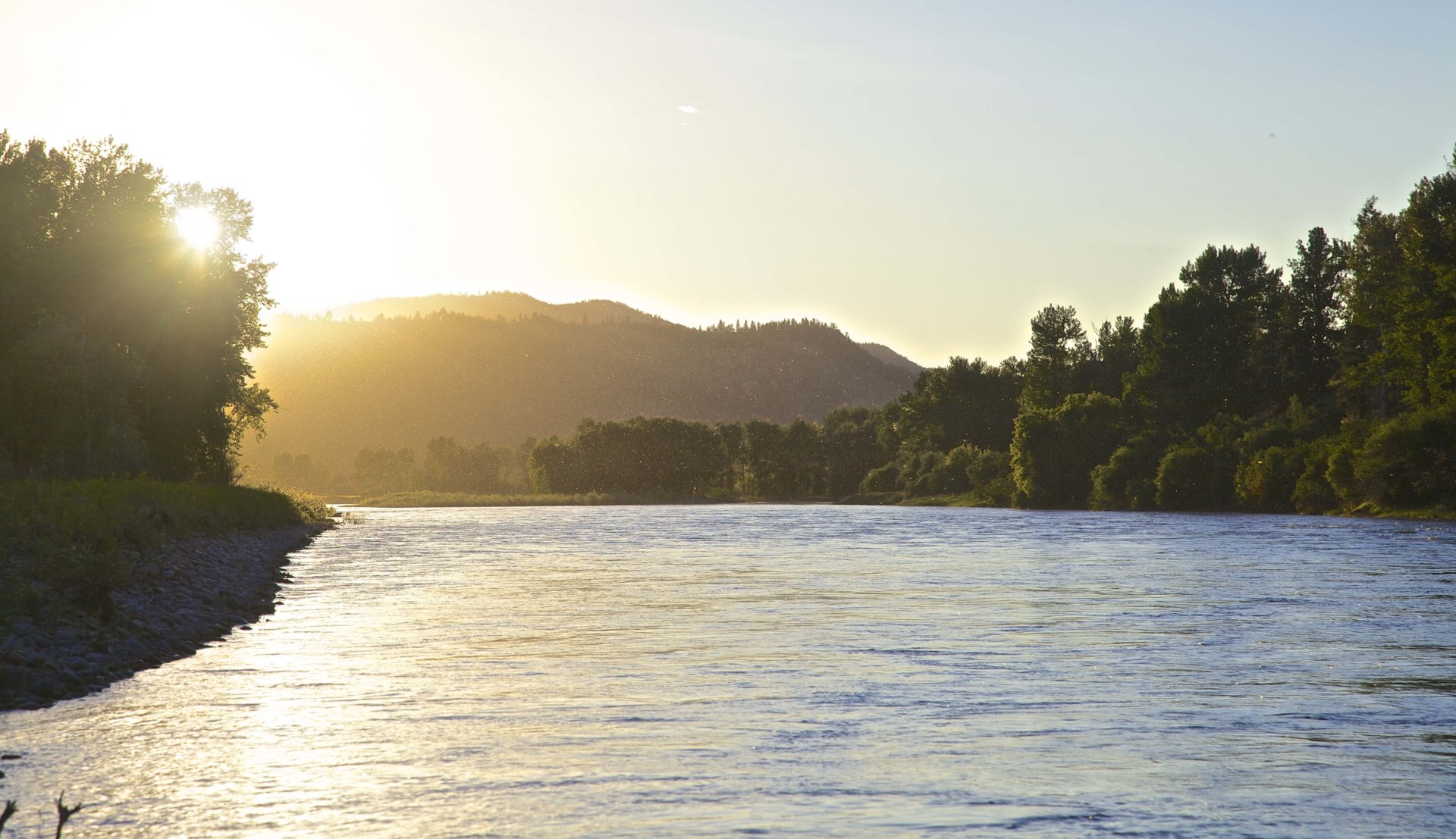
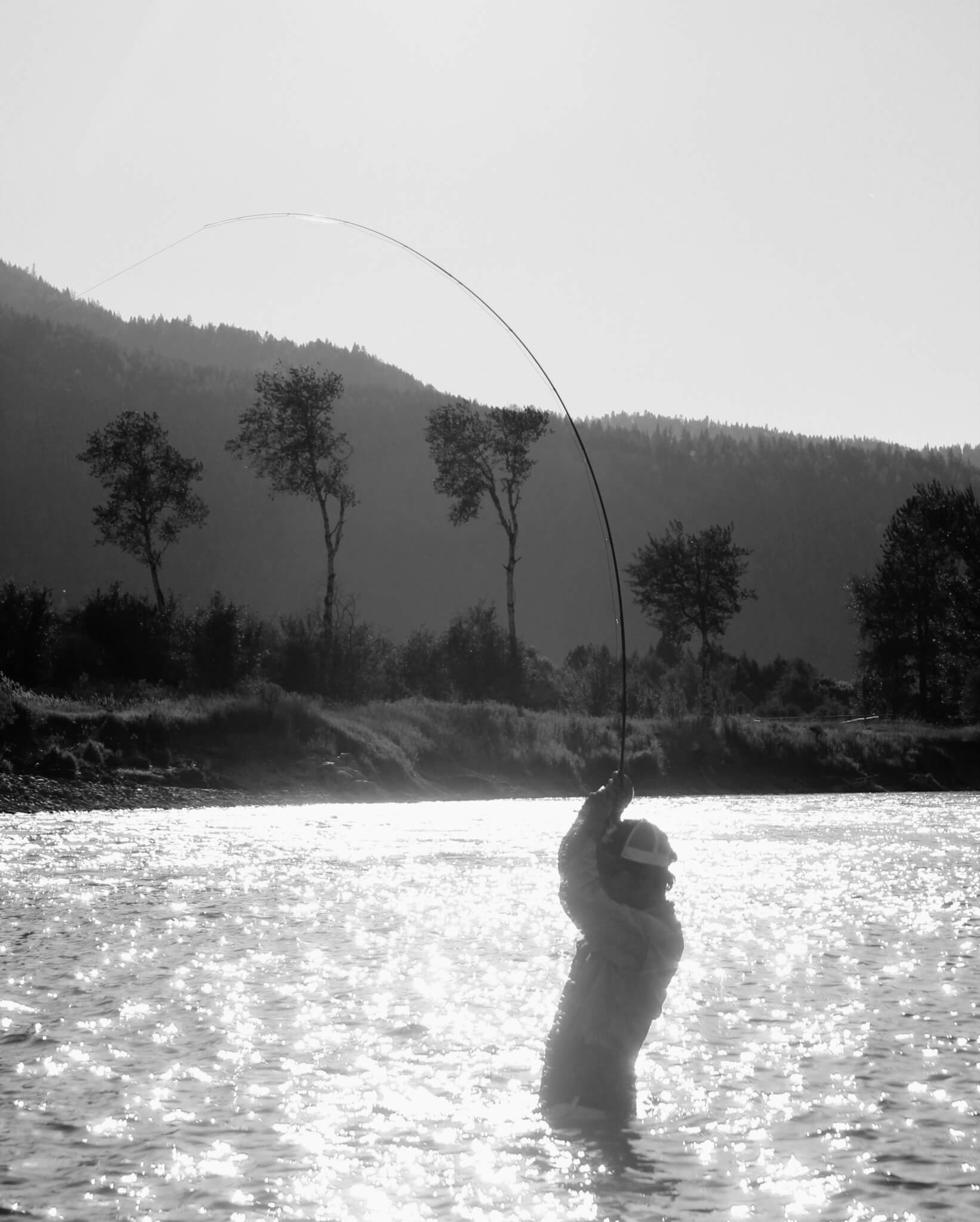


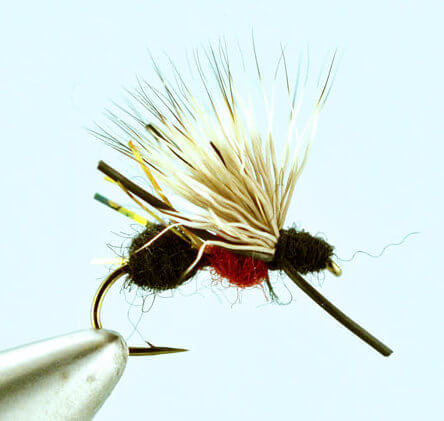
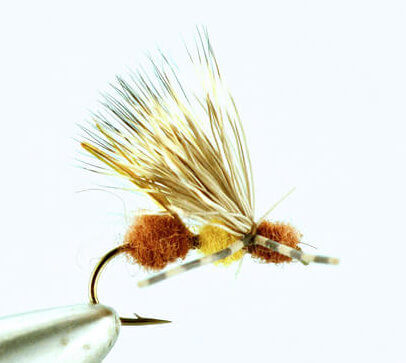
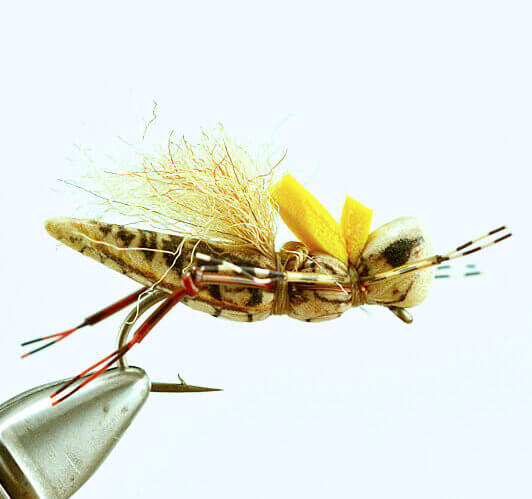
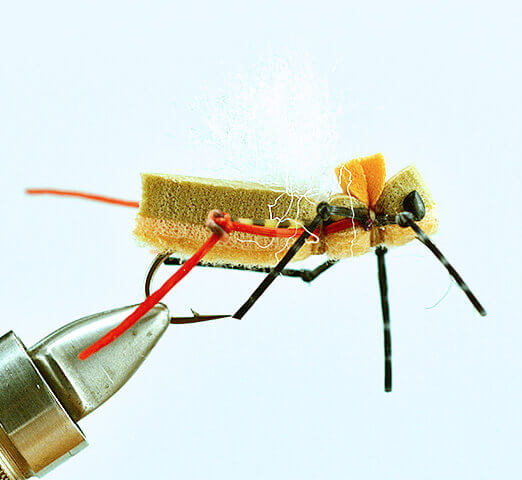
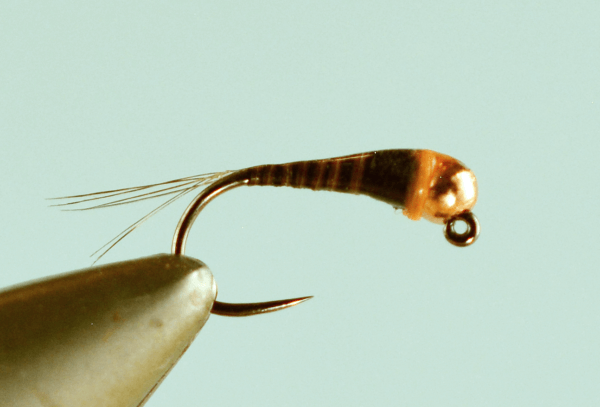
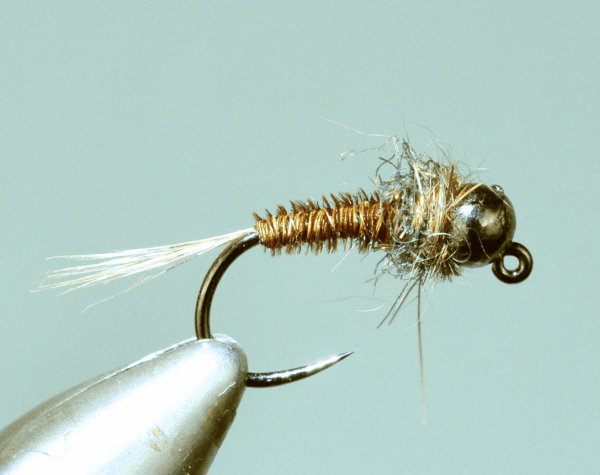
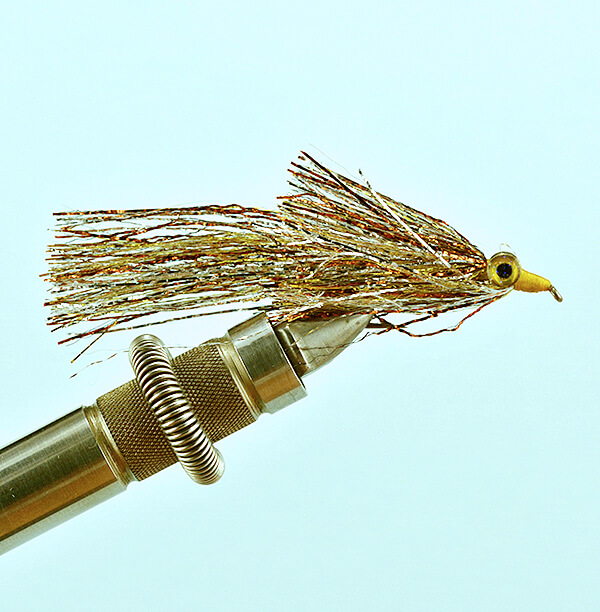
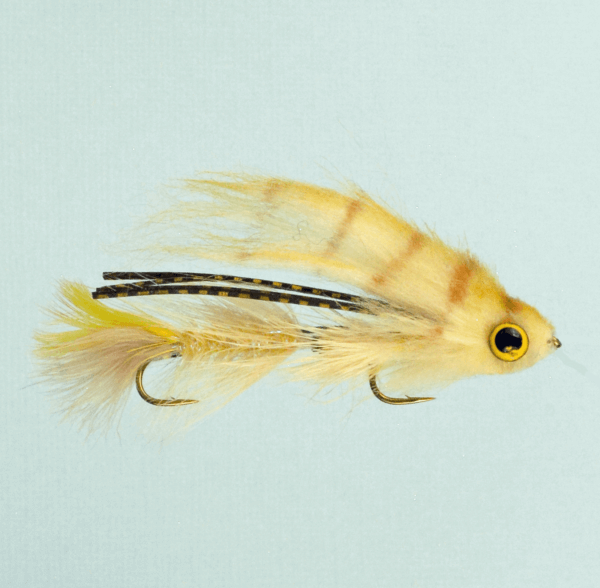
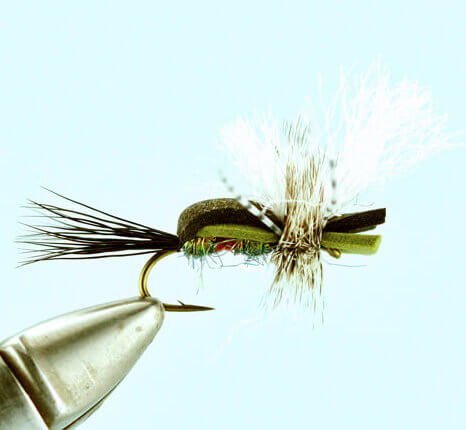
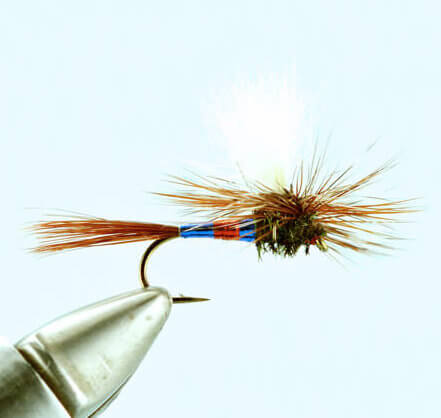
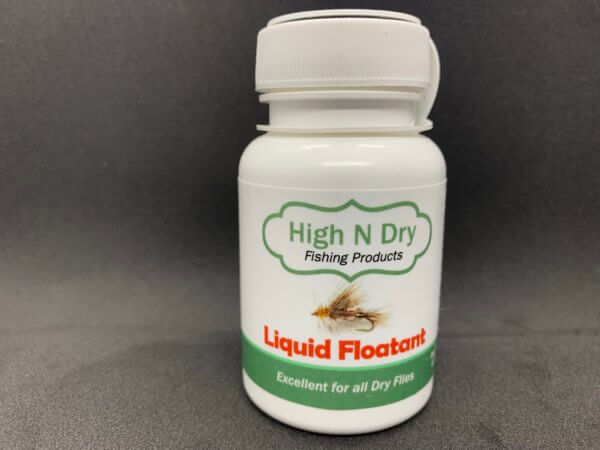
 ne class or all of them. These classes are for intermediate tiers. Call and ask about our beginner fly tying program if you are new to tying.
ne class or all of them. These classes are for intermediate tiers. Call and ask about our beginner fly tying program if you are new to tying.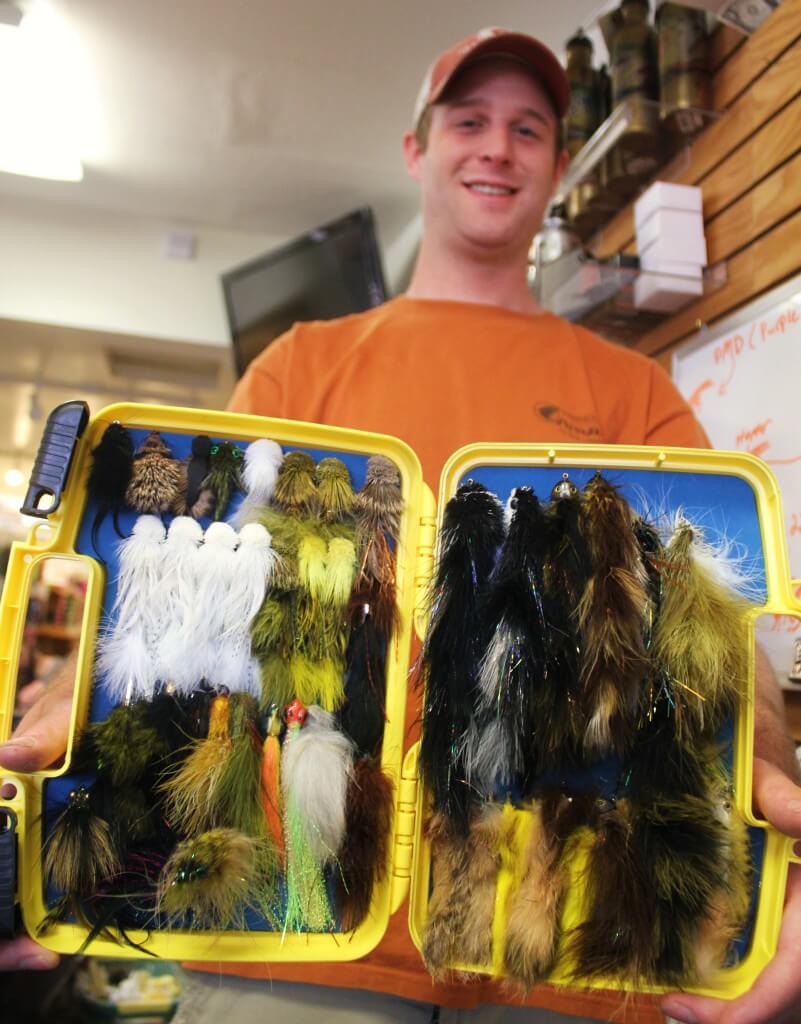 Big streamers catch big fish, but there are some underlying principles that need to be adhered
Big streamers catch big fish, but there are some underlying principles that need to be adhered